

Authors: Akash Virupakshaiah, MD; Sonika Agarwal, MBBS, MD
Children’s Hospital of Philadelphia
Perelman School of Medicine at the University of Pennsylvania
Reviewed: May 2021
JUMP TO
SUMMARY
Cerebral Palsy (CP) is an umbrella term for a group of disorders. All CP disorders affect the ability to:
- Move
- Maintain balance
- Maintain posture
- Maintain muscle tone
“Cerebral” means having to do with the brain. “Palsy” means weakness in or problems using the muscles. CP occurs due to damage or abnormalities that affect the developing brain. These problems can disrupt the brain’s normal abilities. In particular, they affect the brain’s ability to control movement and maintain posture, balance, and muscle tone.
Depending on cause, CP symptoms appear at different points in early childhood. They can begin in infancy or during the preschool years. They permanently affect body movement and muscle coordination. CP does not worsen over time. It is a non-progressive disorder. However, its symptoms can change or newly emerge as a child grows older.
CP symptoms are highly variable. Symptoms can differ from person to person. Depending on the cause and severity of the CP, a child’s abilities vary.
Here are some ways CP can affect abilities:
Movement
Some affected people can move on their own. Others need various degrees of assistance to walk. Impaired movements can be associated with:
- Abnormal reflexes
- Floppiness, high tone, or spasticity of the limbs and trunk
- Abnormal posture
- Involuntary movements
- Unsteady walking
- Some combination of the above
Range of motion
Vision
Intellect
Associated disorders
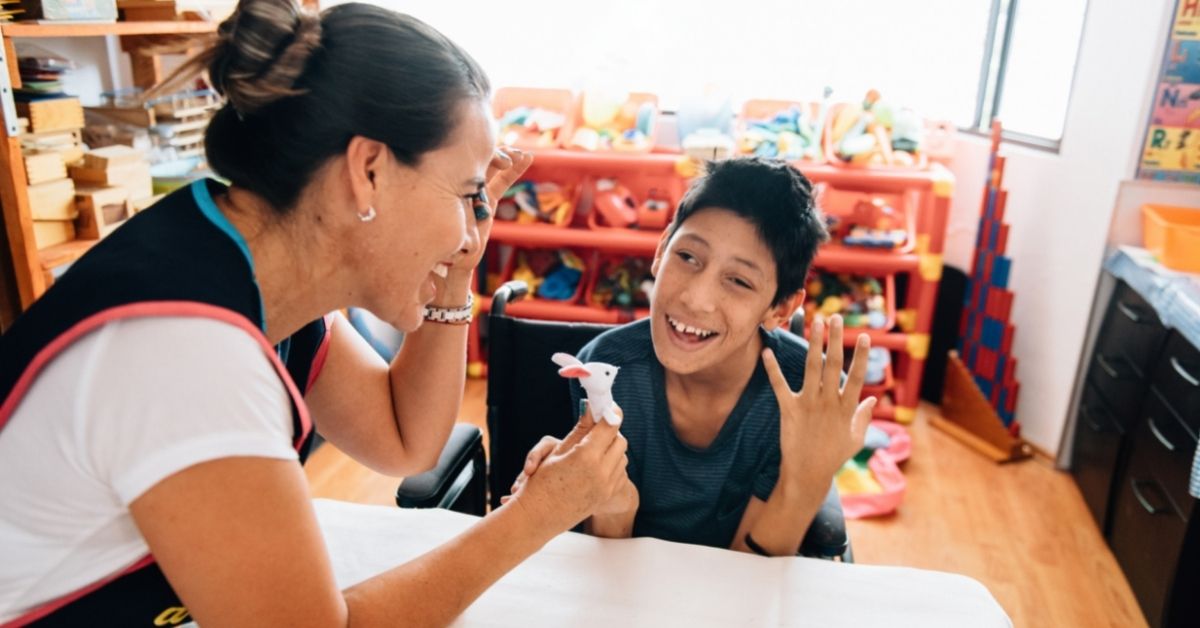

Disorder Overview
DESCRIPTION
Cerebral palsy refers to a varied group of conditions. These conditions are permanent. However, while they can change, they do not get worse over time. All CP conditions involve motor problems. The motor problems have to do with muscle tone, posture, balance, and/or movement.
Types of Cerebral Palsy
There are four main types of CP.
These include:
Spastic cerebral palsy
Causes stiffness and movement difficulties. Spastic cerebral palsy can be:
- Hemiplegic, affecting only one side of the body
- Diplegic, affecting both legs
- Quadriplegic, affecting all four limbs and the trunk
- Monoplegia, affecting only one limb
SIGNS AND SYMPTOMS
Signs and symptoms of CP can vary greatly. Some may be subtle and hard to recognize. Others are clearer.
Symptoms can include:
Spasticity
Being too stiff or having resistance to movement when moving a part of the body. Learn more.
Hypotonicity
Movement disorders
Developmental delays
Walking difficulties
Difficulty with fine motor skills
Oral issues
Learning difficulties
Seizures
Emotional and behavioral challenges
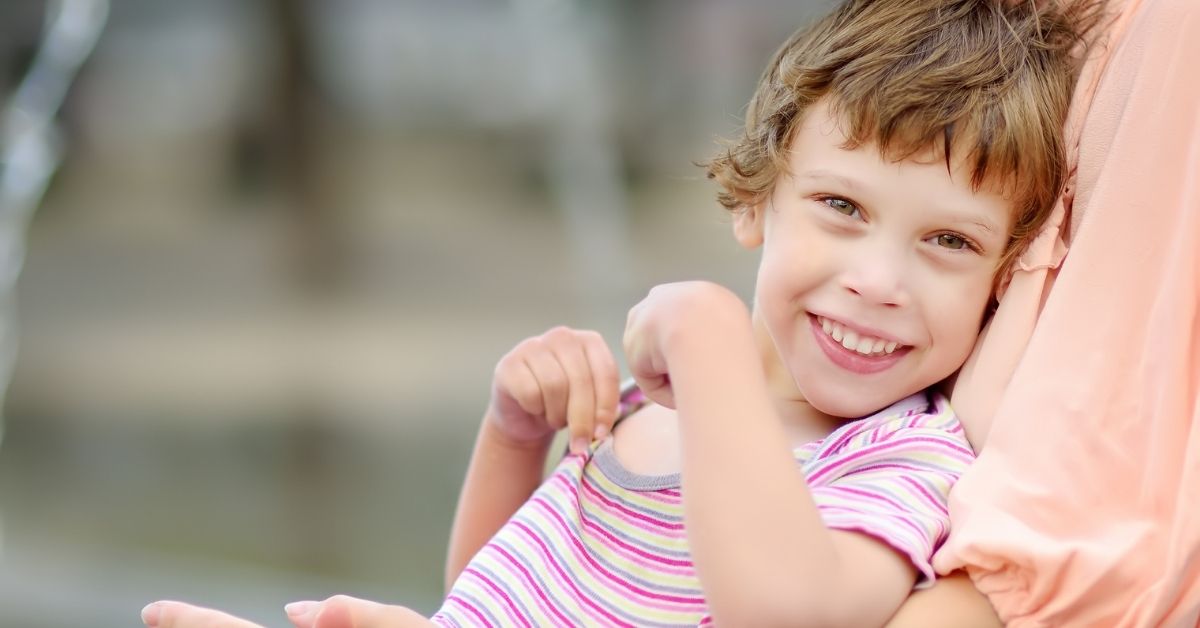

Some signs are more commonly noted during physical exams.
These include:
- Muscle tone abnormalities
- Resistance to stretch of muscles- muscle stiffness, or spasticity
- Contractures, or muscles rigid or with a limited range of motions
- Hyperreflexia (increased muscle reflexes)
- Motor and coordination problems
- Abnormal movements of limbs
- Abnormal movements of eyes (nystagmus, strabismus or crossed-eyes)
CAUSES
CP has numerous causes. It is due to damage to the developing brain that causes injury or scarring in the brain or differences in the way the brain develops.
Maternal Risk Factors
Some factors, when present in the mother, can lead to an increased risk of CP in the baby. Maternal risk factors include:
- Maternal infections. Certain infections during pregnancy can increase the risk of CP in the baby. Infections of concern include:
- Chorioamnionitis
- Cytomegalovirus (CMV)
- Rubella (German measles)
- Herpes
- Syphilis
- Toxoplasmosis
- Zika virus
- Thyroid problems: has been shown to have higher association with CP.
- Intellectual disabilities.
- Seizures.
- Exposure to environmental toxins or medications or radiation etc.
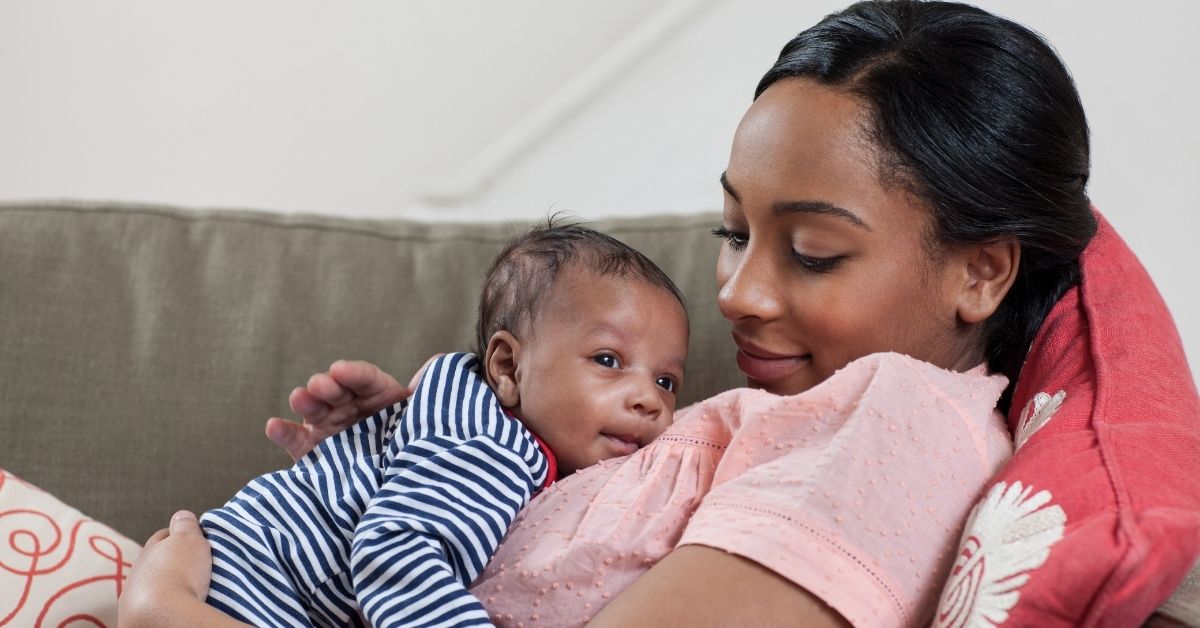

Fetal, Infant, or Early Childhood Risk Factors
Damage to the developing brain can happen at various points. It can take place before birth, during birth, within a month after birth, or during the first years of a child’s life. Acquired cerebral palsy is the term for CP from damage after birth or during early childhood.
Prenatal and Neonatal Period
Prenatal risk factors occur prior to birth. Neonatal risk factors occur during or within four weeks of birth. Some of the risk factors affecting the fetus or newborns include:
- Premature birth. Babies born fewer than 28 weeks into the pregnancy are at higher risk of CP. The earlier a baby is born, the greater the CP risk. Prematurity is the single most important risk factor for cerebral palsy, with the risk of CP in very low birth weight infants being especially high.
- Fetal stroke. Stroke is a disruption of blood supply to the developing brain.
- Bleeding. Bleeding, or hemorrhage, in the brain can cause damage. This can happen to a developing fetus or during birth.
- Gene mutations. Genes can mutate in the developing fetus, leading to abnormal development.
- Severe or untreated jaundice.
- Low birth weight. Risk for CP increases as birth weight drops.
- Being one of multiple babies. Cerebral palsy risk increases with the number of babies sharing the uterus
- Conceived using assisted reproductive technology (ART). In vitro fertilization (IVF) or other ART is a risk factor for CP.
- Infant infections. These can cause inflammation in or around the brain. Examples are bacterial (Group B streptococci, E. coli, etc.) and viral meningitis (such as Herpes virus).
Postnatal Period
Postnatal risk factors occur after birth. They may include:
- Postnatal infections. Infections can cause inflammation in or around the brain (bacterial and viral meningitis)
- Traumatic head injury. Physical damage to the brain is a risk factor for CP. This may include head injury to an infant. Motor vehicle accidents and falls and other causes of head injury.
- Hypoxic ischemic encephalopathy. This consists of a lack of blood flow or oxygen supply to brain.
Prevention
In most cases, CP cannot be prevented. However, the risks can be reduced. Maternal risk factors can be reduced by:
- Getting vaccinated against rubella. Doing so, preferably before getting pregnant, might prevent fetal brain damage.
- Seeking early prenatal care. Regular visits are essential to reducing health risks during pregnancy. They allow for managing medical complications during pregnancy. They can prevent low birth weight. They can also prevent premature birth.
- Using precautions during pregnancy. Wear a seat belt or bike helmet. Avoiding risky exercises and behaviors. This can prevent bodily injuries that might complicate pregnancy.
- Avoid alcohol, tobacco, and illegal drugs. All three have been linked to cerebral palsy risk.
- Prematurity. When there is risk of preterm delivery then steroids and other medications are used to treat in pregnancy and delay the birth and help with maturation of the lung.
DIAGNOSIS AND SCREENING
Diagnosing cerebral palsy at an early age is essential. It can increase the wellbeing of children and their families. CP is diagnosed based two things. The first is a health history. The second is tracking a child’s growth and development over time. If concerns arise about a child’s development, the child can then be evaluated by a pediatric neurologist. This evaluation will happen as soon as possible.
The specialist will evaluate the child during a visit. The specialist will review developmental milestones. Medical documentation about the pregnancy and birth history is also essential. The specialist will examine:
- Face exam, eye movements
- Motor skills
- Strength
- Muscle tone
- Reflexes
- Posture
- Abnormal movements or coordination issues
- Ability to roll over, sit, crawl, walk etc. based on the age of the child
To help understand what is causing the symptoms of CP, the provider usually opts to add more investigations. For instance, they may call for imaging tests, labs or genetic tests.
Magnetic resonance imaging (MRI) of the brain is a common test used to detect CP. It can help pinpoint the cause of CP symptoms. It can look for a related injury or brain abnormality. It may even show when an injury took place. Along with clinical features, the MRI can also help us with specific diagnoses and add more information to do further work up such as metabolic labs or genetic tests. Vision and hearing tests are also sometimes used.
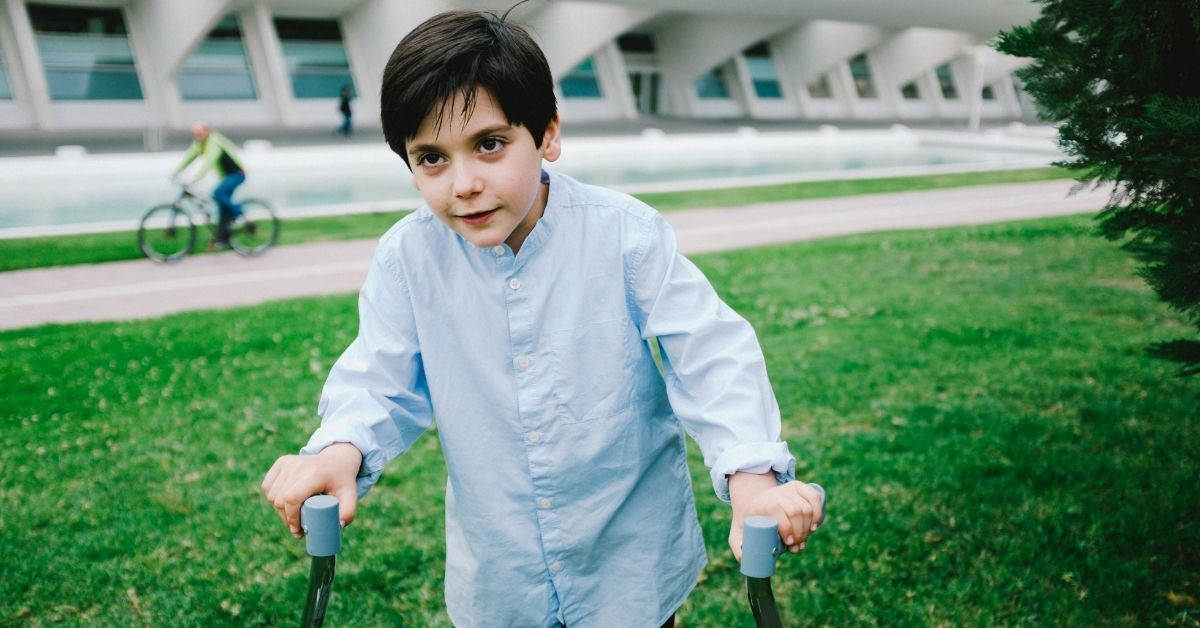

TREATMENT AND THERAPIES
Currently, there is no cure for cerebral palsy. Still, treatment can improve a child’s abilities. It can help reduce negative impacts. It can help a child lead a full life. Many children go on to enjoy near-normal adult lives when CP is well managed. Early diagnosis and treatment are important. It is associated with a better chance of overcoming disabilities.
Health Care Therapies
Therapies should be individualized for every child with CP. Once the diagnosis and type of CP is determined, a team of health care professionals will work with a child and the child’s parents. These professionals can identify specific impairments. They can target therapies to specific symptoms. In this way, they can optimize developmental outcomes.
Therapies are focused on developing an appropriate plan to tackle the disabilities. They are designed to improve a child’s quality of life. Health care professionals helping with CP can include:
- Physical therapists
- Occupational therapists
- Speech and language therapists
- Behavioral therapists
- Nutritionists and feeding therapists
- Rehabilitation therapists
- Orthopedists
Quality of Life Therapies
- Aqua therapy
- Horse and animal therapy
- Music therapy
- Play therapy
- Behavioral programs
Special Education
Special education programs at schools also aim to work with children’s individual challenges. They can help children with CP achieve their maximum potential and learn better with supports in the classroom.
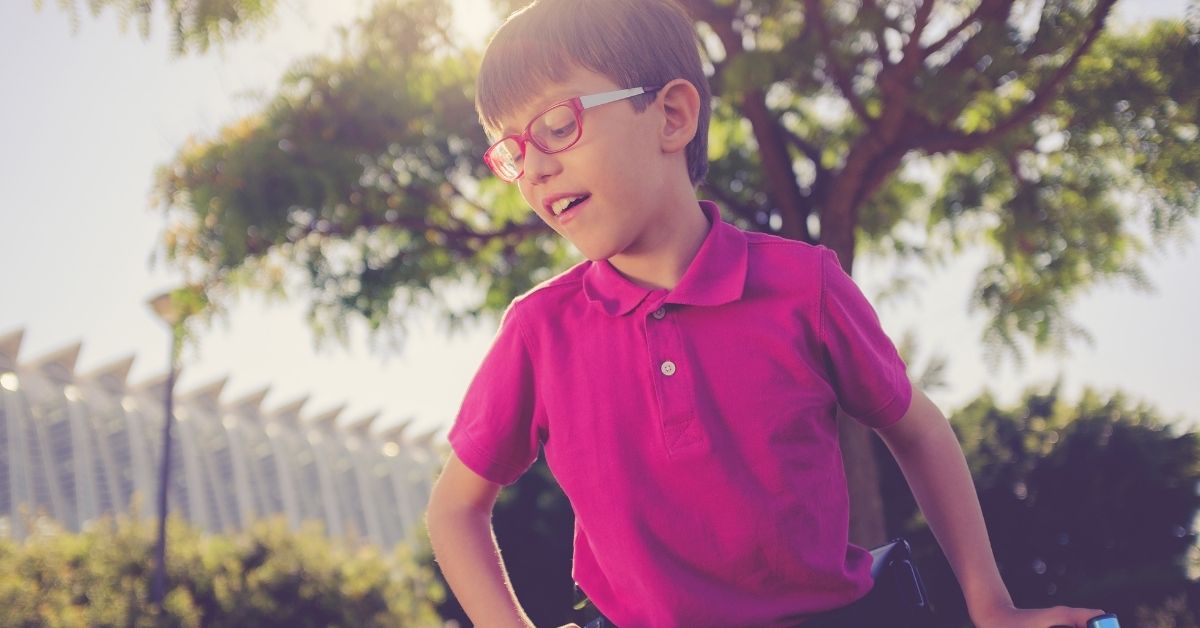

Drug Therapies
Several medicines are used to treat stiff, contracted, or overactive muscles. These can include:
- Diazepam
- Baclofen
- Dantrolene sodium
- Tizanidine
In certain situations, if these medications are of minimal help, botulinum toxin is used. It is injected into the overactive muscles. This has become a standard treatment.
An implantable pump can also be used to deliver the medicine in some patients. The pump can help send baclofen, a muscle relaxant, into the fluid surrounding the spinal cord at a regular rate
Speak to your doctor about medication options and their side effects.
Surgery
Sometimes the spasticity and stiffness of muscles is severe in CP. When other medical therapies have failed, orthopedic surgeons lengthen muscles and tendons. This can improve mobility and reduce the pain of affected joints. Surgery for abnormal curvature of the spine or joints is also done at times.
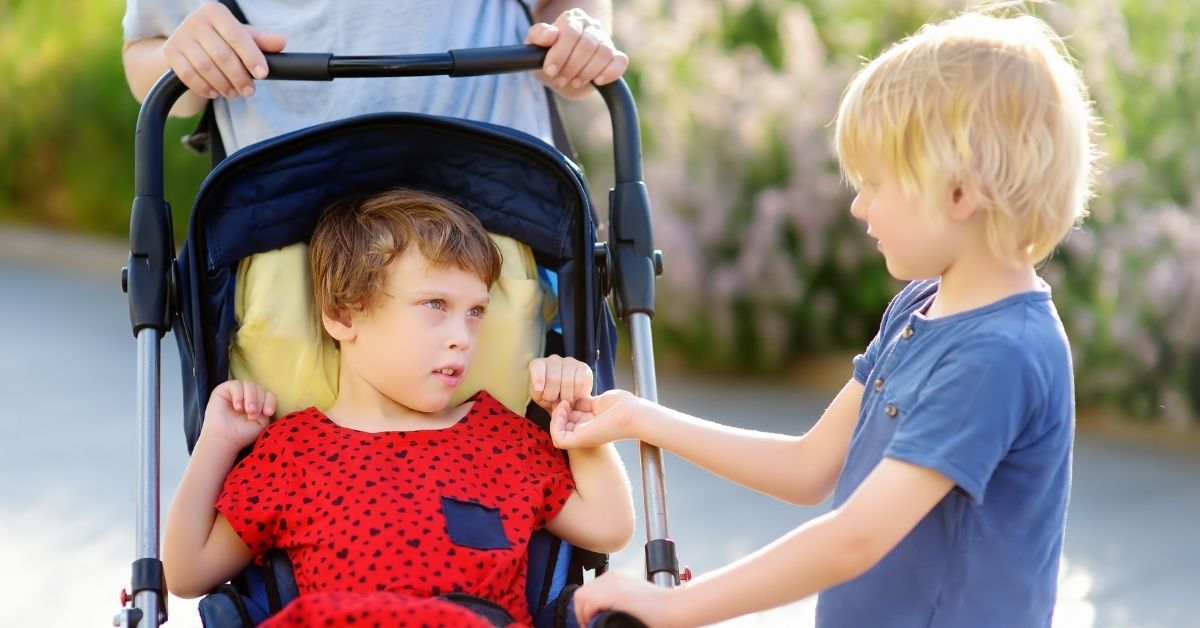

Assistive Devices
Assistive devices can significantly help some individuals with CP.
Others can help compensate for muscle imbalance. They can increase independent mobility. These include:
- Orthotic devices
- Braces
- Wedges
- Splints
- Adaptive equipment
Finally, audio and visual equipment also increase the quality of life, helping with communication abilities. These include:
- Hearing aids
- Telephone amplifiers
- Glasses
- Magnifiers
Some can improve communication skills. Examples include:
- Computers
- Voice synthesizers
Some assistive devices can help individuals who are not ambulatory. These include:
- Wheelchairs
- Rolling walkers
- Powered scooters
RELATED DISORDERS
Epilepsy and CP
Children with CP are at increased risk of developing epilepsy. A neurologist can check for this. They might use an electroencephalogram (EEG). An EEG is a test that records the brain’s electrical activity. It is usually done to assess if there are areas of increased electrical activity or abnormal electrical discharges in the brain. Drugs may then be prescribed based on the type of seizure or electrical activity type and location. Some patients need to be on more than one type of medication if one does not work. Sometimes, for specific conditions or with failed medications, surgical treatments are also done for epilepsy.
Incontinence and CP
Incontinence is often associated with CP. Symptoms of incontinence can be treated with:
- Special exercises
- Biofeedback
- Prescription drugs
- Surgery
- Surgically implanted devices
Osteopenia and CP
If children with CP cannot walk, they are at increased risk of developing poor bone density. This is also known as osteopenia. An assessment can determine if this is a problem. Taking Vitamin D or other dietary supplements may be necessary.
Resources
ORGANIZATIONS/GROUPS
Cerebral Palsy Research Network
The mission of the Cerebral Palsy Research Network (CP Research Network) is to optimize the lifelong health and wellness of people with cerebral palsy and their families through high quality research, education, and community programming. The CP Research Network is the largest and most comprehensive collaboration of hospitals and community members working together to improve health outcomes for people with CP.
The entire cerebral palsy community is included in the research process, the development of education materials and the implementation of current clinical care pathways. In late 2020 Cerebral Palsy Research Network merged with CP Now to form a 501(c)3 organization.
Cerebral Palsy Foundation
The mission of Cerebral Palsy Foundation (CPF) is to be a catalyst for creating positive change for people with cerebral palsy. They bring together many of the country’s most prestigious medical institutions, as well as innovative thinkers in diverse areas such as technology, design, advocacy and media, in order to accelerate the development of critical advances. While their work includes important strides being made toward the eventual prevention of cerebral palsy and developmental disabilities, the focus is on the translational research, clinical application and knowledge transfer that can dramatically change lives today.
CPF hosts Cerebral Palsy Resource, where you will find expert insights, fact sheets, stories, blogs, videos, podcasts, and much more.


Pediatric Epilepsy Surgery Alliance
The Pediatric Epilepsy Surgery Alliance (formerly known as The Brain Recovery Project) enhances the lives of children who need neurosurgery to treat medication-resistant epilepsy. They empower families with research, support services, and impactful programs before, during, and after surgery. PESA’s programs include research-based, reliable information to help parents and caregivers understand when a child’s seizures are drug-resistant; the risks and dangers of seizures; the pros and cons of the various neurosurgeries to treat epilepsy; the medical, cognitive, and behavioral challenges a child may have throughout life; school, financial aid, and life care issues. PESA’s resources include a comprehensive website with downloadable guides, pre-recorded webinars, and virtual workshops; an informative YouTube channel with comprehensive information about epilepsy surgery and its effects; a private Facebook group (Education After Pediatric Epilepsy Surgery) with over 300 members; Power Hour (bi-monthly open forums and live virtual workshops on various topics); and free school training to help your child’s education team understand the impact of their epilepsy surgery in school. Their Peer Support Program will connect you with a parent who has been there. The Pediatric Epilepsy Surgery Alliance also hosts biennial family conferences and regional events that allow families to learn from experts, connect with other families, and form lifelong friendships. They also provide a travel scholarship of up to $1,000 to families in need to fund travel to a level 4 epilepsy center for a surgical evaluation.
In addition, PESA has resources for medical professionals to assist in helping clinicians help the parents of their patients find the resources they need after surgery. Educators and therapists will also find helpful resources and information, including videos, guides, and relevant research. Patients who have undergone surgery are encouraged to register with the Global Pediatric Epilepsy Surgery Registry to help set future research priorities.
PUBLICATIONS
The Cerebral Palsy Tool Kit
Cerebral Palsy Research Network offers The Cerebral Palsy Tool Kit: From Diagnosis to Understanding for parents and caregivers who have a child with a Cerebral Palsy diagnosis. This must-have guide is available in English, Portuguese, and Spanish and available to download for free. You may also purchase a printed copy.
Wellbeing for Parents and Caregivers
Cerebral Palsy Research Network offers Wellbeing for Parents and Caregivers, a supportive resource guide for parents and caregivers who are raising a child, adolescent or young adult with Cerebral Palsy or another disability. Available to download for free.
JCN: NICU Series – Prematurity and the Brain
Podcast from SAGE Neuroscience and Neurology/Journal of Child Neurology (JCN). In this podcast, Dr. Sonika Agarwal of Children’s Hospital of Philadelphia talks about prematurity and the brain.
JCN: Cerebral Palsy with Dr. Bhooma Aravamuthan
Podcast from SAGE Neuroscience and Neurology/Journal of Child Neurology (JCN). Dr. Alison Christy interviews Dr. Bhooma Aravamuthan of Washington University in St. Louis about Cerebral Palsy, diagnosis, and her research.
ADDITIONAL RESOURCES
PTC Pinpoint Direct
If your child has been diagnosed with CP or has symptoms of CP without a clear cause, there may be a genetic reason – up to 1/3 of CP cases may have a genetic cause. PTC Pinpoint Direct is an innovative, sponsored testing program that can help families get answers about cerebral palsy through no-cost genetic testing. If your child qualifies, you can get a sample collection kit sent to your home and receive expert genetic counseling. Learn more and see if your child qualifies here.
PTC Pinpoint Neurotransmitter Disorders Program
For children with symptoms of neurotransmitter disorders, such as AADC deficiency which has similar symptoms to CP, the PTC Pinpoint Neurotransmitter Disorders Program offers no-cost genetic testing, post-test genetic counseling, and family screening. This program is available to patients in the U.S. and Canada who are suspected of having, or have clinical symptoms consistent with, a neurotransmitter disorder. Talk to your doctor about testing with PTC Pinpoint if your child is experiencing symptoms.
Child Neurology Foundation (CNF) solicits resources from the community to be included on this webpage through an application process. CNF reserves the right to remove entities at any time if information is deemed inappropriate or inconsistent with the mission, vision, and values of CNF.
Research
ClincalTrials.gov for Cerebral Palsy are clinical trials that are recruiting or will be recruiting. Updates are made daily, so you are encouraged to check back frequently.
ClinicalTrials.gov is a database of privately and publicly funded clinical studies conducted around the world. This is a resource provided by the U.S. National Library of Medicine (NLM), which is an institute within the National Institutes of Health (NIH). Listing a study does not mean it has been evaluated by the U.S. Federal Government. Please read the NLM disclaimer for details.
Before participating in a study, you are encouraged to talk to your health care provider and learn about the risks and potential benefits.
Family Stories
The Cerebral Palsy Research Network shares stories from patients and physicians on their Blog page.
The information in the CNF Child Neurology Disorder Directory is not intended to provide diagnosis, treatment, or medical advice and should not be considered a substitute for advice from a healthcare professional. Content provided is for informational purposes only. CNF is not responsible for actions taken based on the information included on this webpage. Please consult with a physician or other healthcare professional regarding any medical or health related diagnosis or treatment options.
References
Agarwal, S., Scher, M. S., & Tilton, A. (2021). Cerebral Palsy and Rehabilitative Care: The Role of Home-Based Care and Family-Centered Approach. Indian pediatrics, 58(9), 813–814. https://doi.org/10.1007/s13312-021-2298-z
Cerebral palsy: Hope through research [Internet]. National Institute of Neurological Disorders and Stroke. U.S. Department of Health and Human Services; [cited 2021Apr26]. Available from: https://www.ninds.nih.gov/Disorders/Patient-Caregiver-Education/Hope-Through-Research/Cerebral-Palsy-Hope-Through-Research
Goswami JN, Sankhyan N, Singhi, P. Add-on home-centered
activity-based therapy vs conventional physiotherapy in improving walking ability at 6-months in children with diplegic
cerebral palsy: A randomized controlled trial. Indian Pediatr. 2021;58:826-32 Available from: https://indianpediatrics.net/epub052021/RP-00332.pdf
What is cerebral palsy? [Internet]. Centers for Disease Control and Prevention. Centers for Disease Control and Prevention; 2020 [cited 2021Apr26]. Available from: https://www.cdc.gov/ncbddd/cp/facts.html


